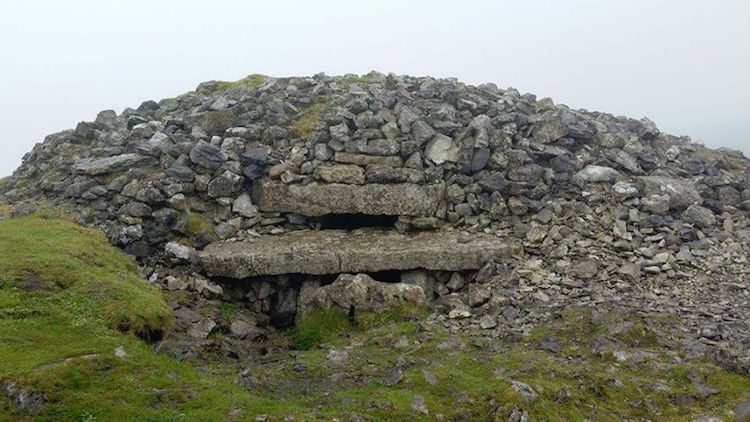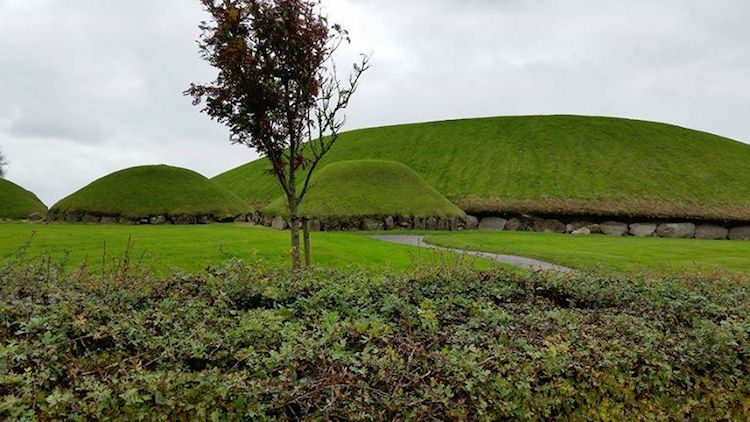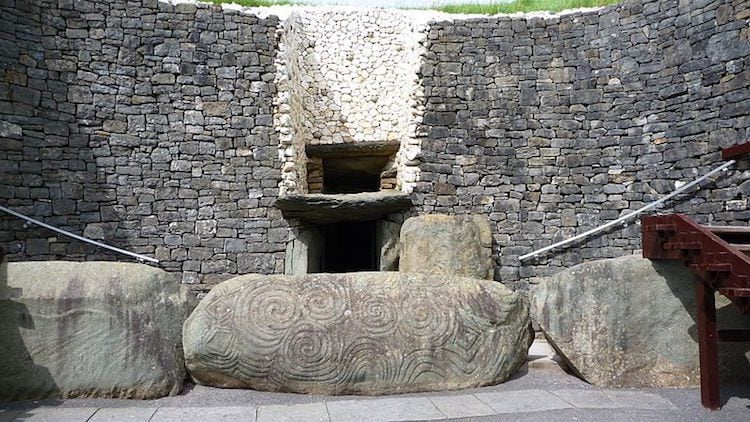I’m getting ready to travel to do a sacred sites tour of southwest Ireland so I have the idea of respectfully visiting these sites on my mind. I think there’s layers to this idea for modern pagans and polytheists who visit places considered sacred, especially when these sites have acknowledged historic value. Whether we like to admit it or not tourism is damaging historic locations and just because we might consider ourselves part of a religion or spirituality that sees these places as spiritually significant doesn’t mean we don’t sometimes contribute to the problem.

On the one hand I think it’s incumbent upon people merely as good humans to pick up after themselves and not toss their rubbish on the ground (whether or not there’s a convenient bin nearby). On the other hand as people who are choosing to go to these places, possibly even as an act of devotion, I think it’s essential to show respect to them, and that means thinking our actions through beyond our own immediate desires or the way we would act at home.
When I did a similar tour in 2016 – focused on the Morrigan – I was appalled at the amount of garbage our group found at each site we visited. Aluminum cans, plastic bags, styrofoam cups, food wrappers, cigarette butts; when we helped clean out a holy well we were even finding old CDs and plastic plant potters. Even in places where the site itself is gated off I saw the evidence of people throwing rubbish intentionally into the sites. It was depressing to see the careless disregard that the places were being treated with, especially considering that some of them require effort to access.
I also saw evidence of people engaging in practices, such as tying things on trees, which were well meaning but harmful as well as being misunderstandings of actual traditions. The rag tree tradition is a practice found across Ireland and the UK where certain trees, often located near a holy well, have strips of cloth tied to them symbolizing a prayer (usually for healing). The issue that comes in here is multilayered. Lora O’Brien explains it well in a piece she wrote called ‘Rag Tree Tradition‘ but basically I would say it comes down to three things.

Firstly people are tying things to random trees that have no association with previous use as a rag tree. Secondly they are not tying pieces of natural, degradable cloth but all sorts of random things including plastic; these items don’t break down which is a problem from a magical standpoint and also causes serious damage to the tree. Thirdly this is being done without any real understanding of the practice, its meaning or magical purpose; I’d like to hope it goes without saying that you shouldn’t do anything if you don’t know why you are doing it or what its purpose is but I’m saying it anyway.
We also need to be aware that when we are going into these sites, while we might view them as a sacred places, they don’t belong to us. I don’t just mean that in a literal sense* but also metaphorically. They don’t belong to us. We can say that these places belong to the Gods and spirits and we are their guests while we are there. We can say that they are a part of history – many of them are still being actively studied by archaeologists – and we need to treat them with the respect they deserve as culturally significant. We can even say that they don’t belong to us because they belong to everyone not only now but in the future. We can enjoy them, we can find value in them, we can even connect deeply to them – but we should never feel as if we own them in any sense or have any right to treat them the way we would our own property.

I’d like to suggest some basic guidelines to visiting a sacred site:
- If you see trash pick it up and throw it away. You may not enjoy dealing with other people’s garbage but it’s important to do your part to keep these places clean.
- Don’t leave any garbage there yourself. I suggest carrying a spare bag you can pack your trash in since there may not always be rubbish bins around; this is also helpful for picking up random garbage you find as you go.
- Don’t interfere with the site in a way that damages it. This includes taking away pieces of it, such as stones (think about it, if everyone who visits takes a stone away from a cairn or other sacred site the damage is devastating). This also includes things like burning candles, which gets modern wax into the structure.
- If it’s on private property you must get permission to visit it. Period. Even if you know where it is. Even if you’ve been there before.
- Be very careful with offerings. Don’t leave things that aren’t biodegradable and safe for local wildlife. Don’t tie plastic or synthetic fibers to trees. Don’t push coins into trees.
Ultimately we must remember that if we are travelling to these places we are guests and we should act like it.
*this is literally true as well though and should be kept in mind. If you are travelling to visit a sacred site you are in a place that is not your own, especially if you are in a foreign country. Don’t treat it like your backyard.

















